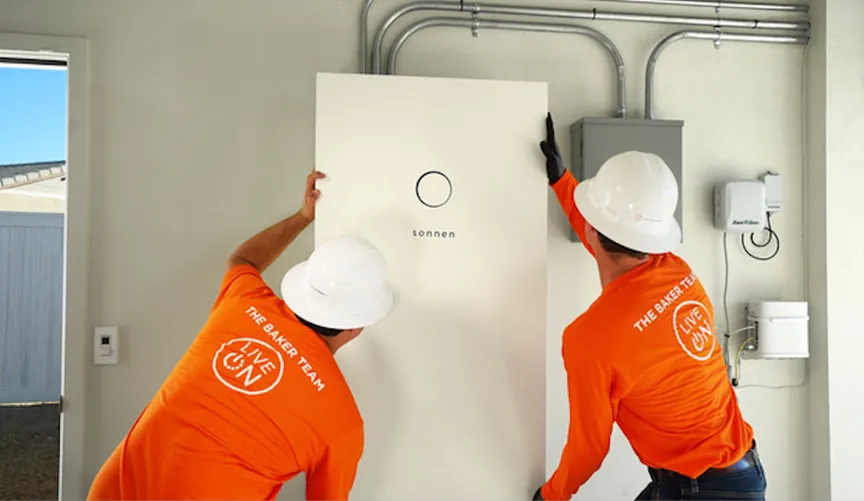The state’s once-thriving industry faces an uneasy future now that California has slashed financial incentives for people to put solar panels on their roofs.
This is part one of a two-part series exploring the fallout from California’s changes to its residential solar.
California built the nation’s largest rooftop solar industry over the last decade, and it grew into a leading force pushing the state toward its ambitious clean energy goals. A policy called net metering or net-energy metering (NEM) made that growth possible.
“The NEM-driven market has become California’s No. 1 and fastest growing form of renewable energy,” said Bernadette Del Chiaro, executive director of the California Solar and Storage Association (CALSSA), a trade group representing residential installers.
As of April 15, though, policymakers demolished the NEM payment structure that created this clean energy juggernaut and replaced it with an arcane set of rules that, at best, douse the market in uncertainty. Now rooftop installers large and small are figuring out how to survive in the complicated new landscape without net metering.
Existing rooftop systems built under the old rules will still earn retail-rate compensation for extra power exported to the grid. But going forward, any Californians adding solar to their roofs will earn far less for exported power — 75 percent less, on average. That’s because the value is now determined by a complex administrative metric that reflects the real-time supply-demand balance of the grid. This muddies both the incentive for would-be customers to invest in rooftop solar and the sales pitches that installers have relied on to close deals.
Residential solar companies need to get smart on batteries if they want to survive because the economics of rooftop solar now depend on storing production from sunny hours so it can be consumed or exported after sunset. In theory, the new rules are totally compatible with ongoing growth in California’s distributed solar capacity — as long as solar vendors across the state successfully pivot to battery-centric operations as soon as possible.
But that outcome is by no means guaranteed. Indeed, a bifurcation is already emerging among rooftop solar companies, a division between haves and have-nots.
The bigger players, which have invested in energy-storage products for years, have already rolled out fresh offerings that pair solar and batteries to compete in the new policy regime. In fact, national installers like Sunrun sound cautiously optimistic. CEO Mary Powell told Canary Media that California should have allowed more time for the industry to adapt to the net-metering change, but Sunrun has already launched a new solar-battery service designed to save customers money under the new rules.
On the other end of the spectrum, smaller local installers, often called the “long tail” of the industry, don’t always have the resources to follow suit. They lack the purchasing power to buy bulk orders of increasingly sought-after batteries, which even Sunrun had trouble acquiring as recently as last summer. And the army of independent door-knockers that powers the solar sales cycle largely lacks training for a nuanced battery pitch that reflects the complexity of California’s new rules.
At stake is more than the profitability of a once-favored industry that California policymakers invested years to create.
California, the second-biggest greenhouse-gas-emitting state after Texas, desperately needs all the clean energy it can find to power through the evening hours on hot days. Regulators have called for a staggering 86 gigawatts of new clean capacity to be built by 2035. In the last two years, residential and commercial solar installers added more clean capacity than all the utility-scale solar projects in the state.






